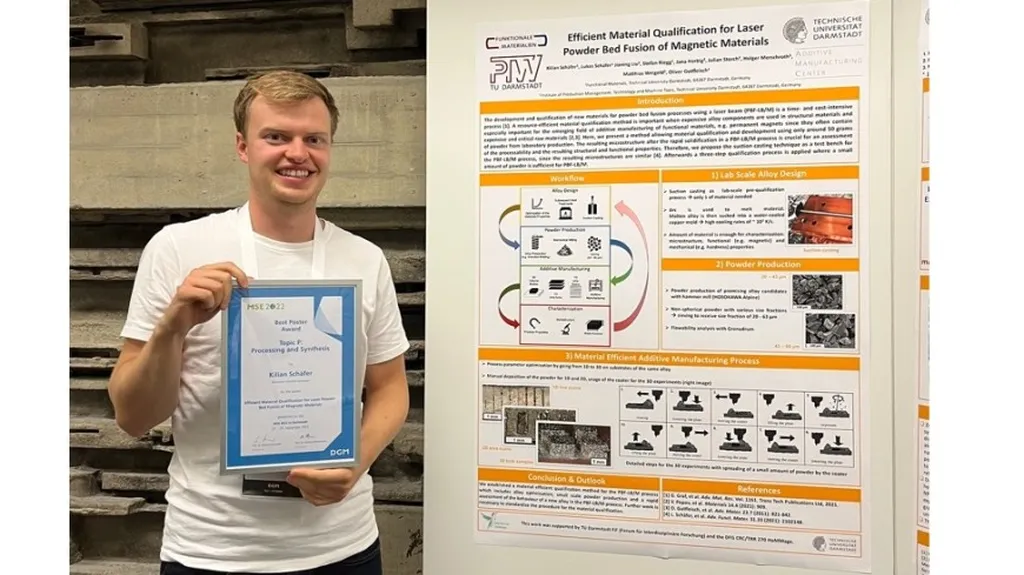In a significant stride towards broadening the horizons of additive manufacturing, researchers have uncovered crucial insights into processing high molecular weight polyethylene (HMWPE) using diode laser sintering machines. This development, led by Christopher Krüsener from the Department of Mechanical Engineering at TU Dortmund University, could potentially democratize access to advanced materials for a wider audience, with substantial implications for the energy sector.
The study, published in the journal ‘Macromolecular Materials and Engineering’ (or ‘Makromolekulare Materialien und Ingenieurwesen’ in German), delves into the role of carbon black (CB) concentration and processing strategies in laser sintering of HMWPE. Krüsener and his team found that the concentration of carbon black significantly influences processing by affecting both absorption and specific heat capacity. “The carbon black concentration strongly influences processing,” Krüsener explained, “as it impacts both absorption and specific heat capacity, which in turn affects the thermal balance during processing.”
HMWPE, known for its narrow sintering window, exhibits a high tendency for curling during processing. However, the researchers discovered that this could be mitigated by reducing the scanning area and layer thickness. They identified a suitable carbon black concentration range of 0.25 to 0.5 weight percent.
The study also revealed that mechanical properties of the processed HMWPE improve with volume energy density, due to more pronounced particle coalescence and interlayer bonding. However, the absorption properties of carbon black were found to have a stronger impact on the mechanical properties than the energy input for the tested parameters.
The findings could pave the way for more efficient and accessible use of HMWPE in additive manufacturing, particularly in the energy sector where the material’s high wear resistance and low friction coefficient are highly valued. As Krüsener noted, “This work could make new materials more accessible to a wider audience, potentially revolutionizing the way we approach additive manufacturing in the energy sector.”
The research not only sheds light on the processing characteristics of HMWPE but also opens up new avenues for exploration in the field of additive manufacturing. As the industry continues to evolve, such insights will be crucial in driving innovation and expanding the boundaries of what’s possible.

